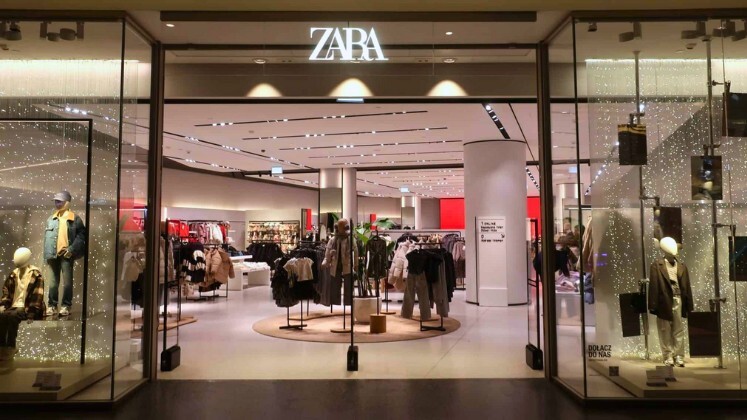
In order to prevent shipping delays, Inditex, the company that owns Zara, has significantly expanded its use of air freight to transport clothing from Indian factories to its logistics centre in Spain, according to trade data, industry experts, and investors.
Following the disruption of international maritime lines due to insecurity in the Red Sea, apparel retailers and exporters in general have boosted their usage of air freight.
In the 12 months ending in August of this year, Inditex shipped 3,865 consignments from India by air, a 37 per cent rise over the previous year, according to an examination of shipment data from trade data company Import Genius. Since 1st January, when attacks on container ships in the Red Sea escalated, 3,352 of those were sent.
In the first eight months of this year, air freight accounted for 70 per cent of Inditex’s exports from India, up from 44 per cent the previous year, according to a customs data study released by Swiss NGO Public Eye. According to its figures, that percentage increased from 26 per cent to 31 per cent for Bangladesh.
Inditex claimed that while it can employ other forms of transportation in special situations, like the Red maritime crisis, it requires maritime freight for the “vast majority” of its items from Asia.
According to Inditex, Morocco, Portugal, Spain, and Turkey are among the nations that are home to 50 per cent of its suppliers. Its top ten sourcing nations also include China, India, Bangladesh, and Pakistan.
Inditex’s transport emissions, which increased by 37 per cent in the 12 months ending 31st January compared to 2022, could be exacerbated by increased usage of air freight, according to calculations based on the company’s annual reports.
Although Inditex claimed that changes in its reporting technique rendered the 2023 data incomparable to 2022, transport accounted for 12.1 per cent of its total emissions in 2023, up from 8.4 per cent in 2022.
By 2030, Inditex wants to cut its Scope 3 emissions—which include transportation—in half from what they were in 2018. However, these emissions amounted to 16,418,450 metric tonnes of CO2 equivalent last year, which was a 0.2 per cent rise above the 2018 amount.
According to an Inditex representative, the corporation is making a lot of effort to cut emissions by optimising routes, occupancy levels, and alternative fuels.






